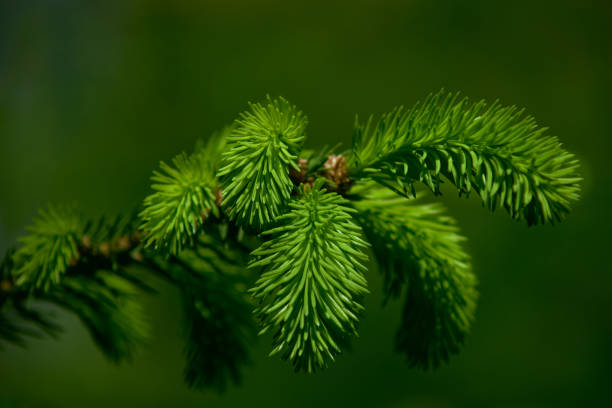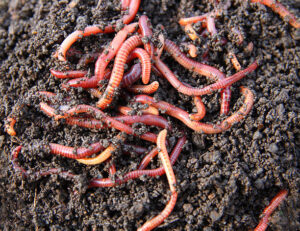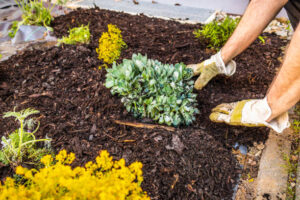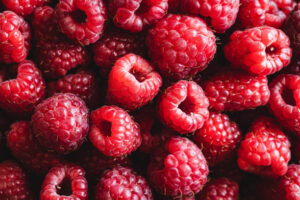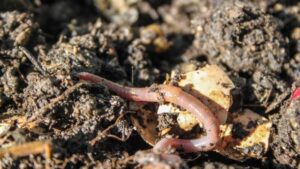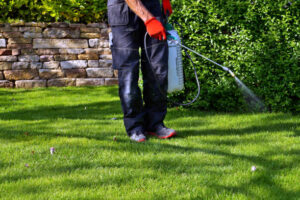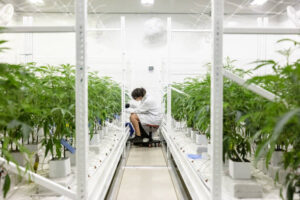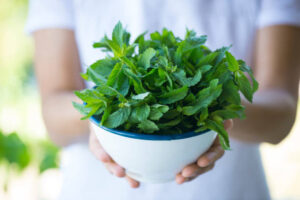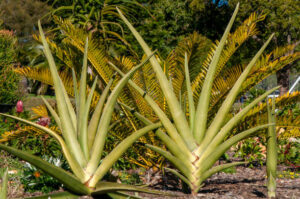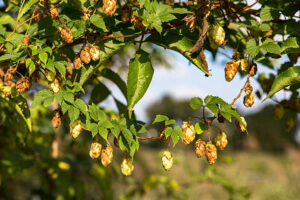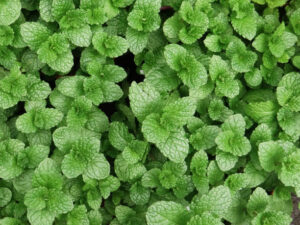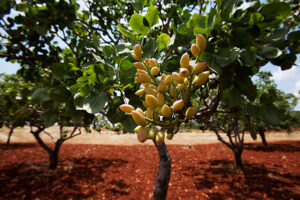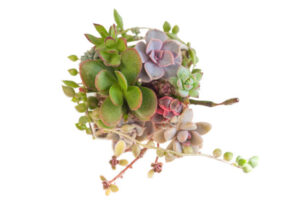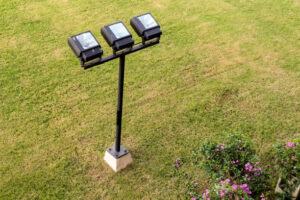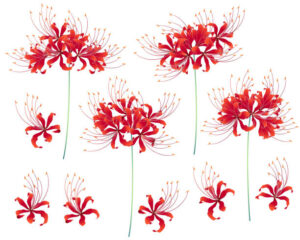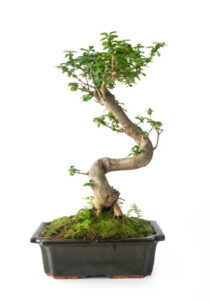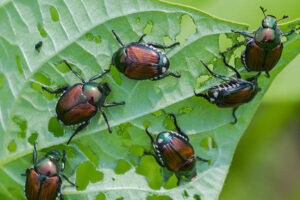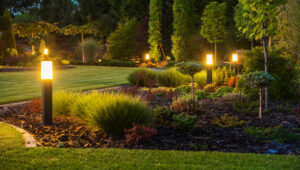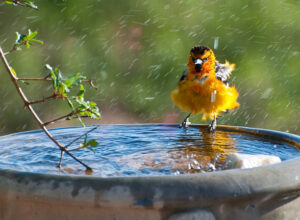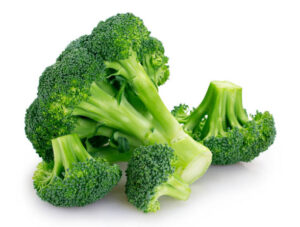Dealing with Spruce Budworm: Protection for Your Trees
Introduction
The majestic beauty of spruce trees adds an unparalleled charm to landscapes, but the presence of spruce budworm can pose a threat to their health and vitality. Dealing with spruce budworm is a crucial aspect of tree care, ensuring the protection of these iconic evergreens. In this guide, “Dealing with Spruce Budworm: Protection for Your Trees,” we’ll explore effective strategies to identify, manage, and prevent spruce budworm infestations. Whether you’re a concerned homeowner or a professional arborist, understanding how to safeguard your spruce trees from this persistent pest is paramount to preserving their natural splendor.
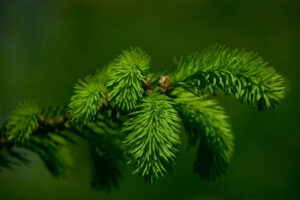
Understanding the Spruce Budworm
The spruce budworm (Choristoneura fumiferana) is a voracious caterpillar that primarily targets spruce and fir trees. The larvae feed on new growth, or buds, causing defoliation and weakening the overall health of the tree. Recognizing the early signs of infestation is crucial for prompt intervention and minimizing potential damage.
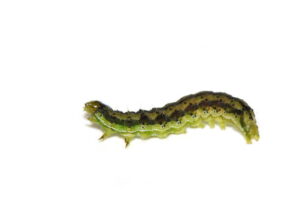
Identifying Signs of Infestation
1. Defoliation: One of the primary indicators of a spruce budworm infestation is the loss of needles or leaves. Severe defoliation can occur, impacting the tree’s ability to photosynthesize and thrive.
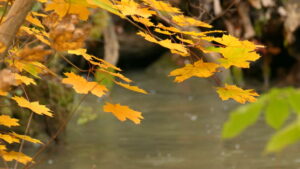
2. Silken Webbing: As spruce budworm larvae feed, they create silken webs around the affected branches. These webs are distinctive and can often be observed during the active feeding season.
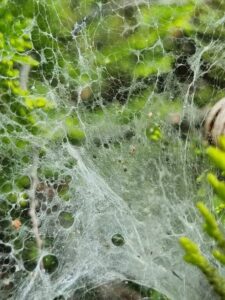
3. Dieback of Branches: Infested trees may experience dieback, where the tips of branches turn brown and eventually die. This can lead to an overall reduction in the tree’s canopy.
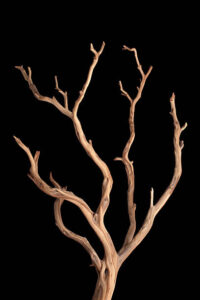
Integrated Pest Management (IPM) Strategies
Implementing Integrated Pest Management (IPM) strategies is crucial for effectively dealing with spruce budworm while minimizing environmental impact. Key components of an IPM approach include:
Monitoring: Regularly inspect your spruce trees for early signs of budworm infestation. This proactive approach allows for timely intervention.
Biological Control: Encourage natural predators of spruce budworm, such as parasitic wasps and birds, to help control the population. Maintaining a biodiverse environment contributes to the overall health of your landscape.
Bt (Bacillus thuringiensis) Applications: Bt is a naturally occurring bacterium that is effective against spruce budworm larvae. It can be applied as a biological insecticide, targeting the caterpillars while sparing beneficial insects.
Read More: Best Expandable Hose: Flexible Watering Solutions for Your Garden
Selective Pruning: If budworm damage is localized, consider selective pruning to remove infested branches. Dispose of the pruned material to prevent the larvae from spreading.
Preventive Measures
Maintain Tree Health: Healthy trees are more resilient to pest infestations. Ensure your spruce trees receive proper care, including adequate watering, fertilization, and protection from other stressors.
Diversify Plantings: Avoid monoculture plantings of spruce and fir trees. Diversifying your landscape with different tree species can help prevent the rapid spread of spruce budworm.
Early Intervention: Act promptly if you notice signs of spruce budworm infestation. Early intervention can prevent widespread damage and improve the chances of successful management.
Conclusion
In the delicate dance between nature and tree care, dealing with spruce budworm requires a strategic and informed approach. As guardians of these stately evergreens, it falls upon us to identify early signs of infestation, employ integrated pest management strategies, and take preventive measures to protect our cherished spruce trees.
By embracing a proactive stance and incorporating these effective strategies into your tree care routine, you not only safeguard the health and beauty of individual trees but also contribute to the overall resilience of your landscape. Together, let us navigate the challenge of spruce budworm infestations, ensuring that these iconic trees continue to grace our surroundings for generations to come. Happy tree caring!

